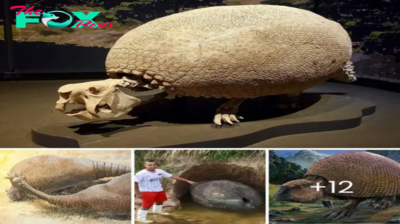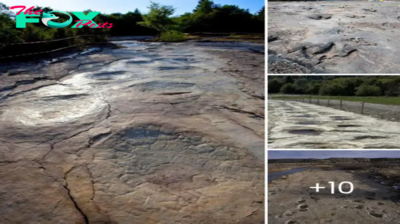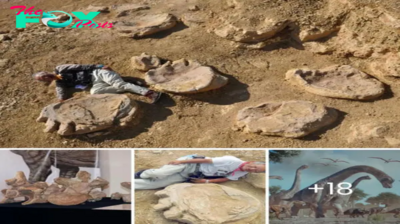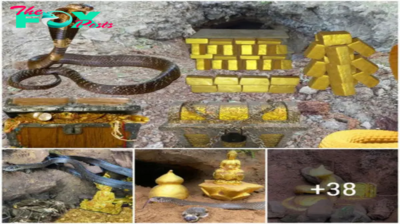How did they all die at once?

Nobuaki Mizumoto was visiting the dinosaur museum in his hometown of Katsuyama, Japan, when he came across an unexpected display—not of a dinosaur, but of a school of fish. It was embedded in limestone shale and exhibited in a corner with no particular fanfare. Yet the 50-million-year-old fossil was clearly extraordinary: 259 tiny fish bodies with eyes and spines and even fins. All but a few faced the same direction, as if frozen mid-swim.
Mizumoto does not specialize in fish or fossils, but he does study the collective behavior of termites at Arizona State University. He became intrigued by the idea that this fish fossil showed collective behavior, too. When fish form schools, they have to coordinate their swimming, staying together without crashing into one another.
Enjoy a year of unlimited access to The Atlantic—including every story on our site and app, subscriber newsletters, and more.
Of course, behavior doesn’t usually fossilize well. Scientists have discovered other fossils featuring large groups of fish, but the fish tend to be jumbled, facing every which direction—as you would expect if a school of fish had died, sunk to the bottom of a lake, and been slowly buried in sediment.

Mizumoto wondered whether the fossil he saw had actually preserved the fish in position the very instant they died. He teamed up with a fish-fossil specialist in Japan, and they went back to the museum to photograph the fossil. Then they charted the position and heading direction of every single fish. Mizumoto found that if he looked at where the fish were and where they were going, they seemed to obey two rules that live, modern fish schools follow: repulsion from close neighbors (as if to avoid bumping into one another) and attraction to more distant fish (as if to stay together as a school). Their positions didn’t appear to be random.
“I thought the fossil was fascinating!” James Herbert-Read, an animal-behavior researcher at the University of Bristol, wrote in an email. Scientists look for social rules in live fish by studying their relative positions in photographs; Mizumoto had done the same for long-dead fish but in a fossil. But Herbert-Read still wondered how the fossil could have formed, and whether the fish really had been alive when they were aggregated this way.

The fossilized fish, an extinct species called Erismatopterus levatus, lived approximately 50 million years ago, in a series of giant intermountain lakes that once covered Wyoming, Colorado, and Utah. Today that region is known as the Green River Formation, and it’s the source of extraordinary fossils of insects, birds, bats, snakes, early primates, and, of course, fish. Scientists and commercial fossil hunters alike stake out the region in search of these prehistoric treasures.
Lance Grande, a curator at the Field Museum who has studied fossils from the Green River Formation, even has a few featuring mass mortalities of fish in his collection. But none of them has fish all facing the same direction. “It is really strange,” he says. He’s unconvinced, though, that something could have killed the fish and preserved their positions in the very instant they died. “I think it’s got to be some postmortem stuff going on,” he says. A school of fish probably did die en masse—maybe from a volcanic eruption, maybe a mass of oxygen-less water, maybe just a temperature shift—and after death, it fell to the bottom of the lake and was perhaps aligned by a water current.

Mizumoto and his team did try to mathematically rule out this explanation. (The fish don’t appear to be sorted by size, as one might expect with a current.) They proposed the possibility of a sudden collapse of a sand dune, but Mizumoto admits that they don’t have a great explanation. “I’m the guy in the world who most wants to know how this fossil is created,” he says. He says his main motivation for writing a paper was to make the world aware of this strange, beautiful fossil. And now that it’s out there, perhaps paleontologists and geologists can take a crack at figuring out how this fossil came to be.











































